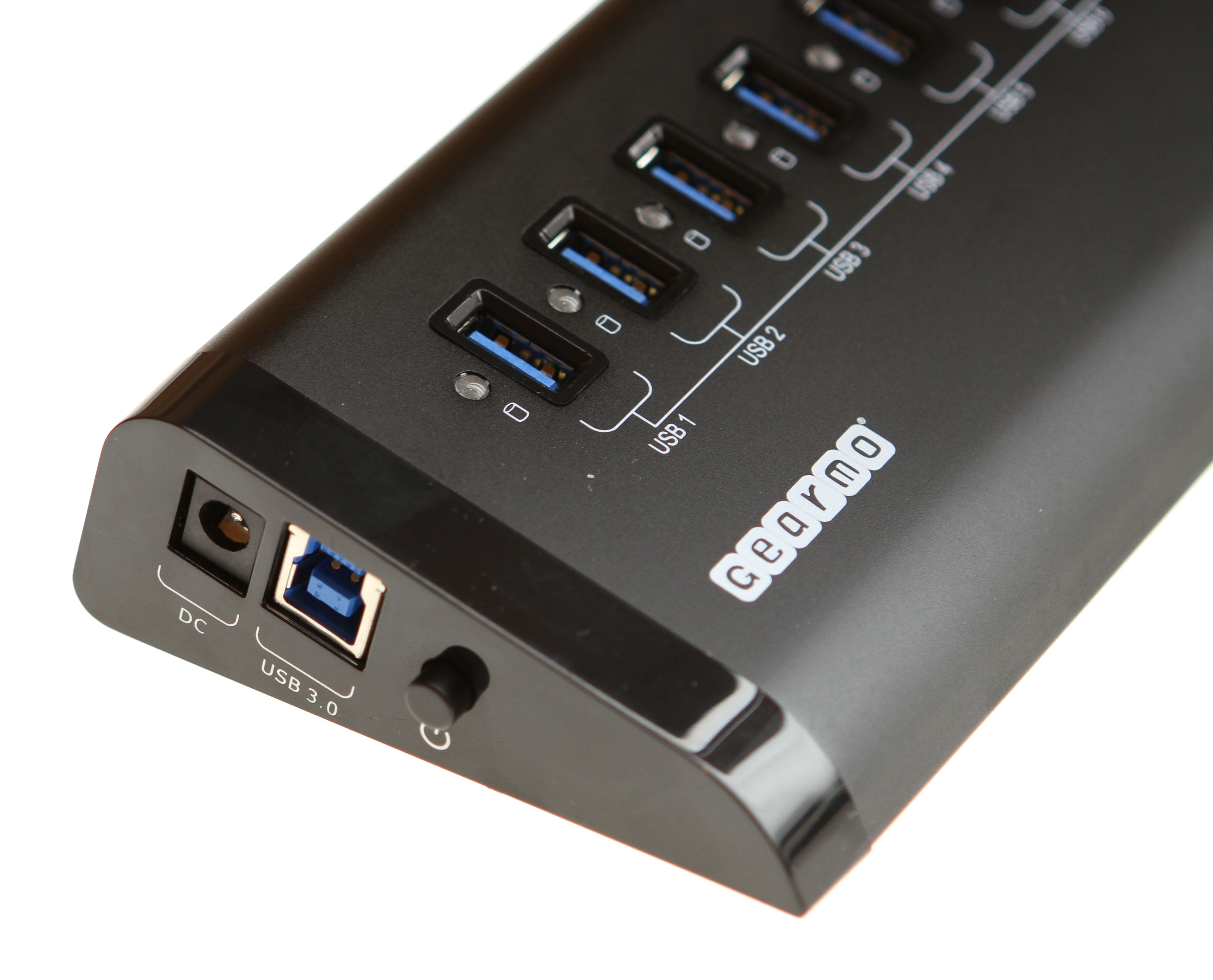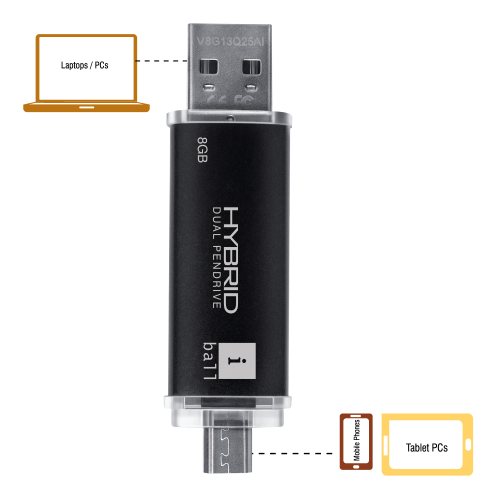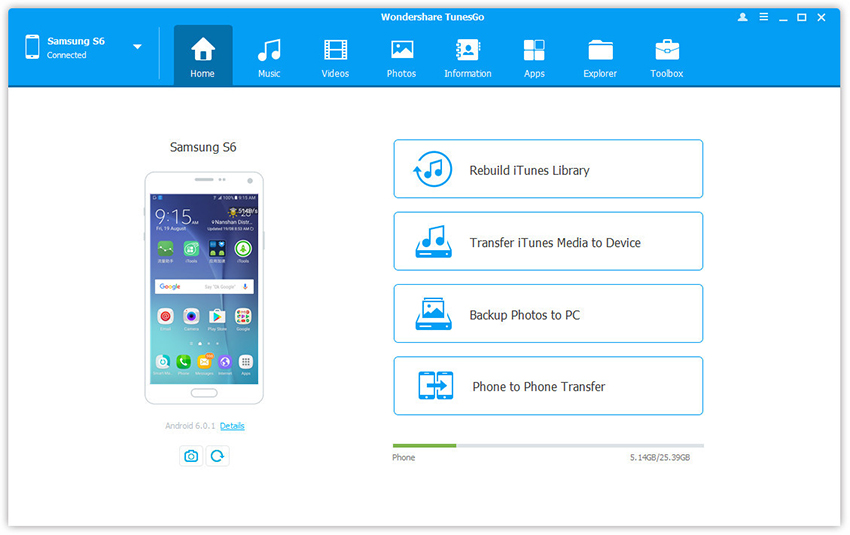Transfer files from your old computer to your new USB-C enabled laptop or desktop computer, quickly over USB 3.0. This data transfer cable is easy to use and works with both Mac and Windows®. Save time setting up your new computer. Plug a standard Ethernet cable into the Mac's Ethernet port. Connect the other end of the Ethernet.
This is from my Help Window: (copy and paste)
Connecting two computers using Ethernet
You can use an Ethernet cable to connect two Mac computers and share files or play network games.
To connect two computers using Ethernet:

Connect a standard Ethernet cable from the Ethernet port on one computer to the Ethernet port on the other. You don’t need to use an Ethernet crossover cable.
If your computer doesn’t have an Ethernet port, try using a USB-to-Ethernet adapter.

On each computer, choose Apple menu > System Preferences and click Sharing. Note the computer name for each computer.
In the Finder on one of the computers, choose Go > “Connect to Server,” and then click Browse.
Double-click the other computer in the window and enter your password, if necessary.
If you manually configured the TCP/IP settings for the Ethernet service on the computer you are connecting to, you may need to enter that computer’s TCP/IP address in the “Connect to Server” dialog.
To see or set the TCP/IP address, choose Apple menu > System Preferences, click Network, and select Ethernet in the list.
Related Topics
sharing files
The one question I had - if both computers are connected to the same wireless router, would the computers that are connected via ethernet cable to each other know to go to each other via ethernet rather than wifi?
Migration Assistant copies all of your files to your new Mac so that you don't have to copy your files manually.
- If your files are currently on a Windows PC, follow the PC migration steps instead.
- If your new Mac is using OS X Mountain Lion v10.8 or earlier, follow the Mountain Lion migration steps instead.
Check software, settings, and power
- Install all available Apple software updates on both Mac computers. Install any updates for your third-party apps as well.
- Make sure that your old Mac is using OS X Lion or later.
- Make sure that your old Mac has a computer name: Choose Apple menu > System Preferences, then click Sharing and check the Computer Name field.
- Connect both computers to AC power.
Connect the computers to each other
- If both computers are using macOS Sierra or later, just make sure that they're near each other and have Wi-Fi turned on. If either is using OS X El Capitan or earlier, connect them to the same network using Wi-Fi or Ethernet.
- Or connect them using target disk mode and the appropriate cable or adapter. Then start up your old computer in target disk mode.
- Or connect your new Mac to a Time Machine backup of your old Mac.
Use Migration Assistant
On your new Mac:
- Open Migration Assistant, which is in the Utilities folder of your Applications folder.
- Click Continue.
- When asked how you want to transfer your information, select the option to transfer from a Mac, Time Machine backup, or startup disk.
- Click Continue.
On your old Mac:
If you started your old Mac in target disk mode or are migrating from a Time Machine backup, skip these four steps.

- Open Migration Assistant.
- Click Continue.
- When asked how you want to transfer your information, select the option to transfer to another Mac.
- Click Continue.

On your new Mac:
- When asked to select a Mac, Time Machine backup, or other startup disk, click the appropriate icon.
- Click Continue. You might see a security code.
On your old Mac:
If you started your old Mac in target disk mode or are migrating from a Time Machine backup, skip these two steps.
- If you see a security code, make sure that it's the same code as on your new Mac.
- Click Continue.
On your new Mac:
Transfer Information Mac To Mac
- Choose the backup to transfer information from.
- Click Continue.
Mac To Mac Data Transfer
Continuing on your new Mac:
- Select the information to transfer from the backup.
- Click Continue to start the transfer. If you have a lot of content, the transfer might take several hours to finish.
In the example above, John Appleseed is a macOS user account. If you transfer an account that has the same name as an account on your new Mac, you're asked to rename the old account or replace the one on your new Mac. If you rename, the old account appears as a separate user on your new Mac, with a separate home folder and login. If you replace, the old account overwrites the account on your new Mac, including everything in its home folder.
Mac Data Transfer
After Migration Assistant is done, log in to the migrated account on your new Mac to see its files. If you're not keeping your old Mac, learn what to do before you sell, give away, or trade in your old Mac.